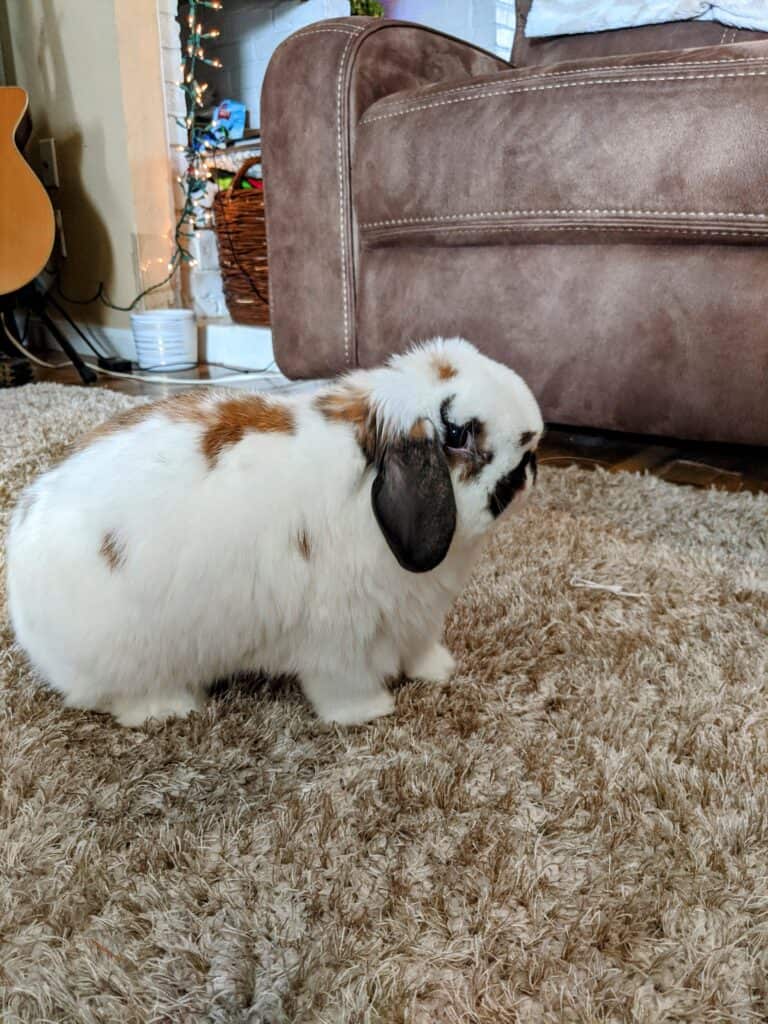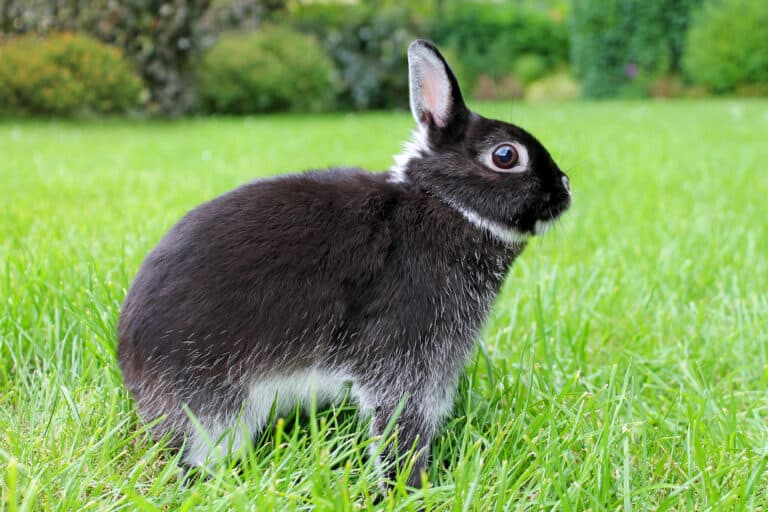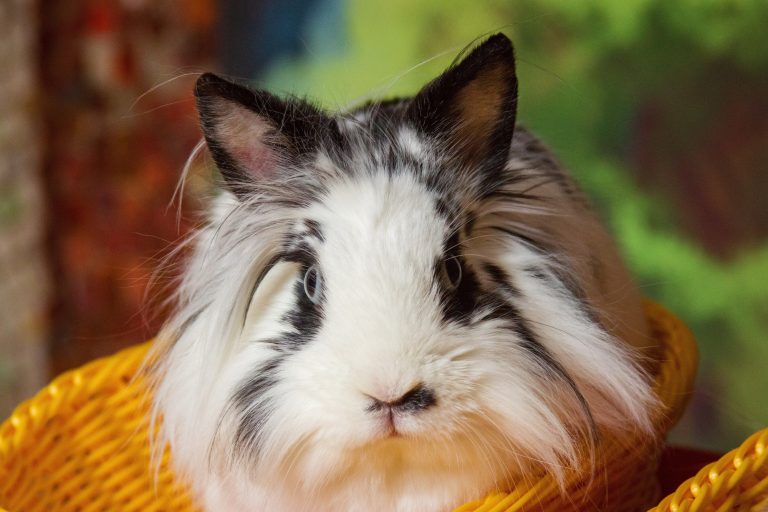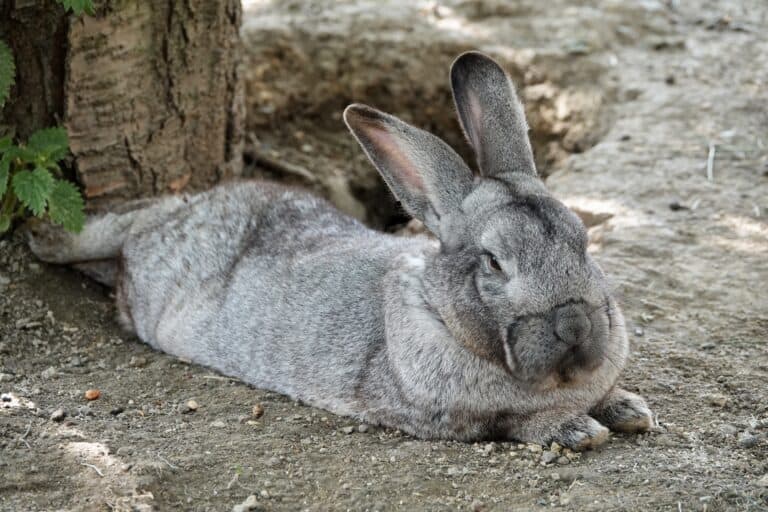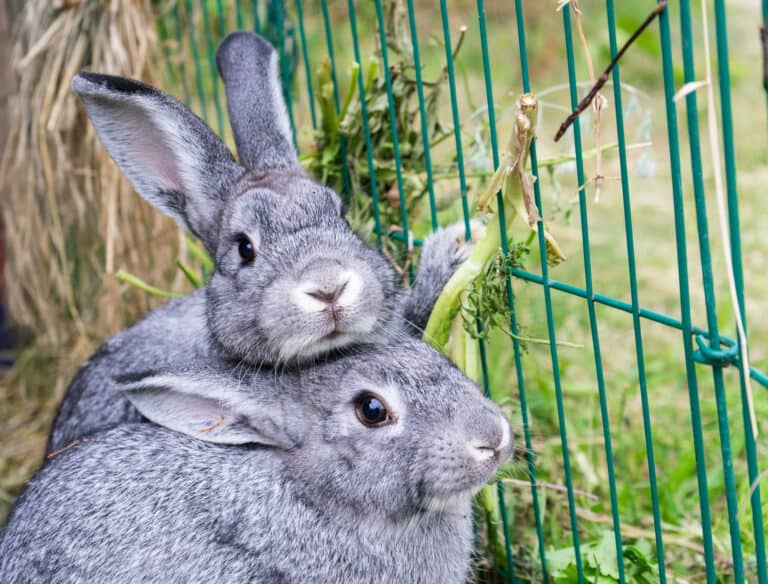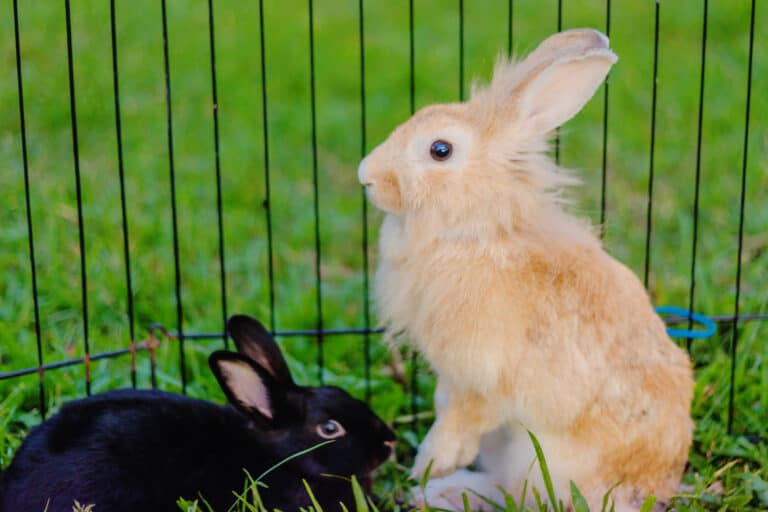Facts About the Teddy Lionhead Rabbit

Yes, all rabbits are cute. But some do attract more attention than others. Take the Lionhead bun, for example. With their distinctive mane, it’s hard not to notice rabbits from this breed. But there’s another Lionhead variety, the Teddy Lionhead rabbit, that’s also noted for its great hair. The question is, will it make a great pet?
Let’s explore the many facets of this petite breed.
What’s a Teddy Lionhead Rabbit?
Teddy Lionhead rabbits are classified as dwarf rabbits. Their luxurious fur and round bodies make them the ultimate furballs. They possess the wool gene of Jersey Woolies or American Fuzzy Lops. The gene causes non-shedding wool to grow all over the body. Also, unlike the Lionhead buns that have long hair only on their heads, Teddy Lionheads sport a longish coat throughout their whole body.
It’s a relatively new breed that originated in Europe and may have some Angora rabbit genes mixed into their Lionhead lineage. So far, this bun type hasn’t received official recognition from any rabbit breed organizations.

General Characteristics
The Teddy Lionhead rabbit is one tiny bun. Falling under the dwarf type classification, it weighs a maximum of 4.5 pounds in adulthood.
Its long, fluffy coat is what drives up this bun type’s cuteness quotient. The long fur covers the whole body, not just the head. Also, unlike the Angoras and other long-haired rabbits, the Teddy Lionhead’s hair doesn’t need shearing.
Teddy rabbits are further divided into 2 varieties.
The Teddy Dwarf
These buns reach a weight ranging between 1.5 and 3.5 pounds. Ideally, both males and females should tip the scales at 3 pounds. Rabbits that only reach 2.5 pounds shouldn’t be bred as their babies or kits are often too tiny to survive.
Male (buck) and female (doe) buns have almost the same physical characteristics. They have short, stocky, barrel-shaped bodies with short, slender feet.
Teddy Dwarfs have furry, rounded ears and large marble eyes. Their ears are around 2 to 2.5 inches long.
The Teddywidder
Slightly heftier than the Teddy Dwarf, the Teddywidder weighs between 2.5 to 4.5 pounds. Ideally, the doe should have a weight of around 3.5 to 4 pounds, while the buck should come between 3.5 to 4.5 pounds.
Teddywidders have broad shoulders, a nicely curved spine, a compact torso, and a short neck. They have curved brows and noses, while their snouts are broad.
One distinguishing feature between the Teddy Dwarf and the Teddywidder is their ears. The Teddywidder’s ears lop or droop, while those of the Teddy Dwarf are on the perky side. The lop ears are also longer, growing up to around 9.5 to 10 inches.
Temperament
Teddy Lionheads are trusting furballs. They’re also generally friendly, good-natured, and lively. As with other bun types, some individual rabbits belonging to the breed can be skittish. Being one of the calmest and most docile rabbits, Teddy Lionheads aren’t likely to bite when threatened or scared. Still, they might struggle to escape when held by someone they don’t know.
As small as they are, Teddy Lionheads still need ample opportunities for exercise. They’re active buns so they welcome every chance they get to expend their energies. Otherwise, they could get bored and resort to destructive behaviors, such as digging or chewing walls, carpets, wires, or anything within their reach.

Care
Various rabbit breeds require almost the same kind of care. You’ll just have to make a few adjustments based on breed-specific characteristics.
Housing Requirements
Teddy Rabbits may be small, but they still require adequate living space. Because of their lively nature, their cage should be large enough to allow them to burn off their excess energy. Follow the general rule for small rabbit breeds when you buy or construct your bun’s living quarters. The cage should measure at least 24 by 48 inches and be tall enough for your rabbit to stand upright on his hind legs. If you can provide a bigger space, so much the better.
Other must-haves in your rabbit’s cage are:
- Food bowls
- Drinking bowls or bottles
- Straw and hay
- Hay rack
- Litter material
- Rabbit-safe toys (including chew toys)
Keeping Teddy Lionhead Rabbits Outdoors
Unlike other rabbit types, Teddy Lionheads can’t tolerate living outdoors in all weather conditions. Their long, fine hair won’t offer sufficient protection against low temperatures and dampness. As such, your bun could get cold.
If you can’t keep your rabbit indoors, ensure his enclosure is well-protected from the elements so he won’t feel the chilly winter weather or the scorching summer sun. Also, keep his cage secure against predators and other animals.
Food
Rabbits thrive on a plant-based diet. Thus, your bun should feed mainly on hay. This food material not only provides the nutrients he needs but also helps wear down his ever-growing teeth.
Although rabbits can live on hay alone, you can add variety and additional nutrients to his diet by offering leafy greens like romaine lettuce, herbs, and carrot tops. Your bun will likely enjoy small servings of other rabbit-safe veggies. Examples are squash and eggplant.
Don’t forget to provide your pet with water. Rabbits can drink out of bowls or water bottles. Some fur parents even supply their bun with both drinking equipment to ensure their baby stays hydrated.
Grooming
The Teddy Lionhead’s luxurious locks require regular brushing. Otherwise, that lovely hair quickly turns into a matted mess. We recommend brushing your bun daily and increasing the frequency during molting season.
Check the claws, too, and don’t let those nails get too long. In addition, frequently peek into your rabbit’s ears to check for dirt and inflammation.
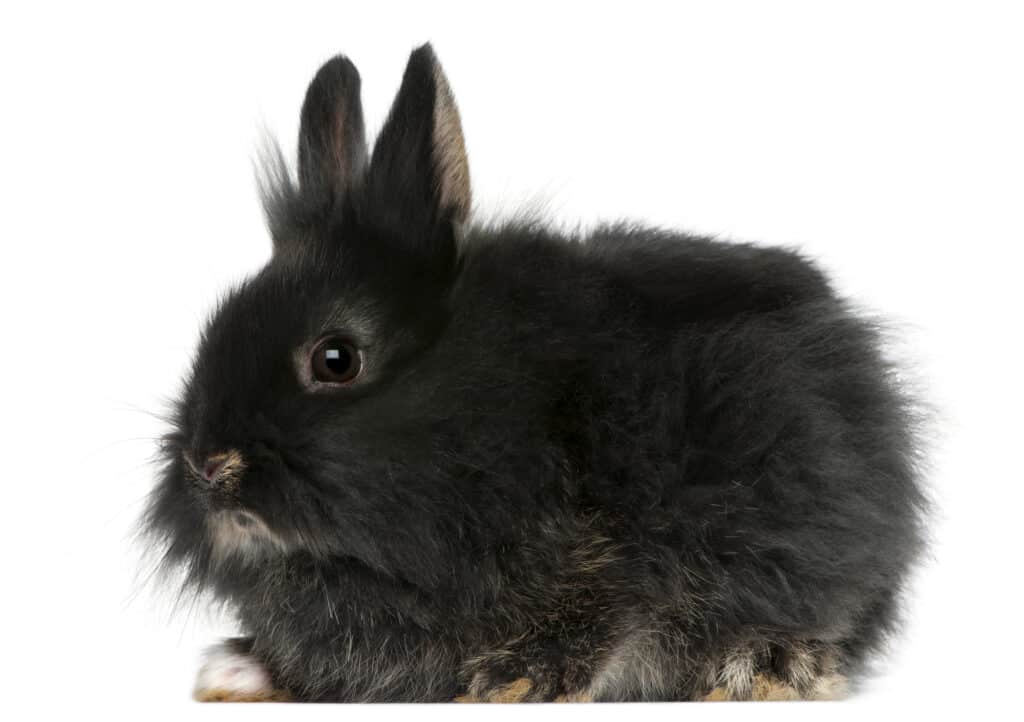
Do They Get along with Other Pets?
You can sometimes keep your Teddy Lionhead with other pets, like cats and dogs. However, that depends on the temperament of your other companion animals. Cats are predators. Thus, they might see the tiny bun as a tasty snack. Meanwhile, playful and energetic dogs might accidentally harm your itty-bitty rabbit.
Guinea pigs may seem like suitable companions for your Teddy Lionhead, but the truth is, the two species don’t get along as they have very little in common. Keep the two apart to eliminate the risks of aggression from either species.
How Much Do They Cost?
These buns are like toy rabbits come to life. They’re also not as common as other breeds, so they cost quite a bit, with prices ranging between $100 and $150.
Should You Get a Teddy Lionhead as a Pet?
Because these furballs are irresistibly cute, the temptation to bring home one is great. However, before you do so, know that this bun type is prone to many breed-specific health issues.
Let’s look at the most common problems that impact their health due to their body shape and diminutive size.
- Their small, rounded heads provide little space for the teeth, resulting in shortened jawbones and misaligned pearly whites.
- Narrow tear ducts can cause eye problems, such as inflamed and watery eyes.
- The lop ears are apt to get infections that lead to pain or hearing loss.
Because numerous health problems plague this bun type, concerned fur parents don’t support their breeding for ethical reasons. So if you want to have a Teddy Lionhead rabbit at all costs, we recommend adopting from an animal shelter. With a bit of luck, you might find one there. Or maybe you’ll fall in love with another equally appealing rabbit breed.
Other Rabbit Breeds
- How Big Do Holland Lop Rabbits Get? Complete Guide
- How Long Do Flemish Rabbits Live: Giant Breed Facts
- Are Rabbits Rodents? Find Out More About These Small Mammals
- How Long Do Holland Lop Rabbits Live?
- All About Bunnies with Red Eyes: Why and How They Get Red Eyes
We hope you enjoyed this post! If you did, will you give it a share or two 🙂 Thank you! ~from Every Bunny Welcome


